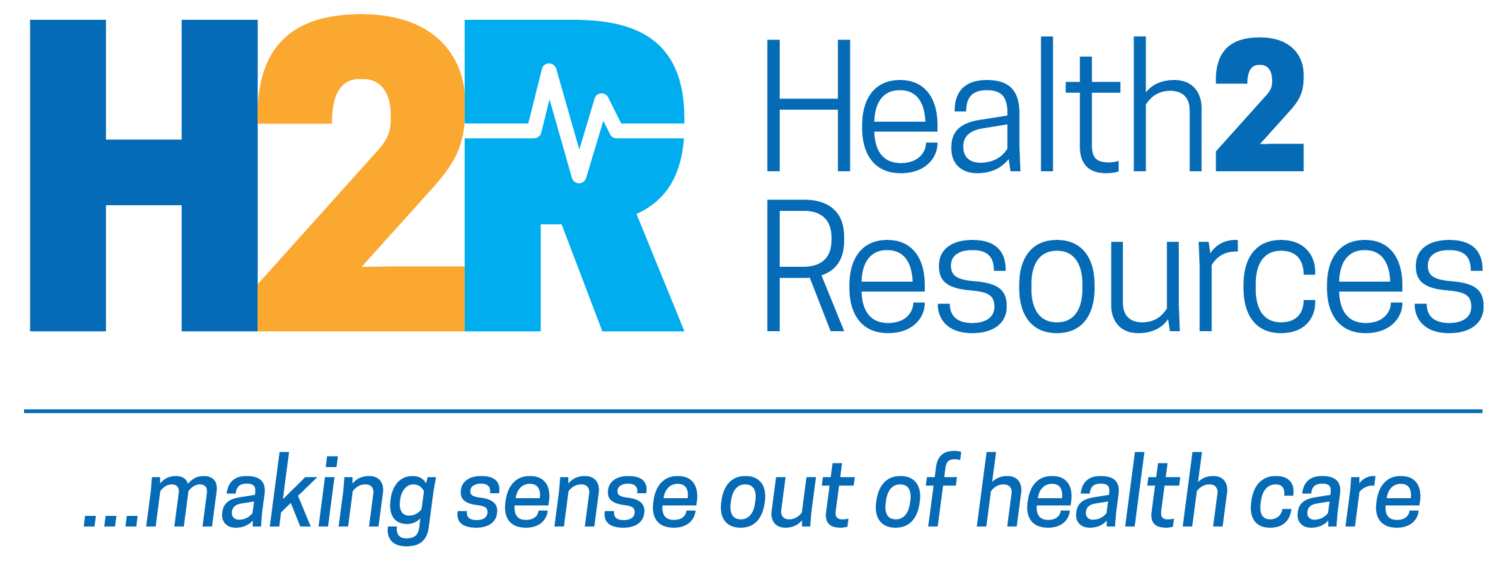May 13, 2021 | Medicare spends $477M on low-value services
INDUSTRY NEWS
NAM: Support interdisciplinary primary care
Policymakers should commit to paying primary care more and differently because of its capacity to improve population health and health equity, according to a new report from the National Academy of Medicine. It calls on payers to move away from fee-for-service in favor of models that better support independent practices, enable team-based care and address social determinants. It recommends that HHS establish a Secretary’s Council on Primary Care and an Office of Primary Care Research at the NIH, and it wants AHRQ to prioritize the funding of primary care research. (Healthcare Innovation; Implementing High-Quality Primary Care: Rebuilding the Foundation of Health Care)
Medicare spends $477M on low-value services
Medicare beneficiaries frequently receive low-value preventive services, costing over $477 million each year, according to research published in the Journal of General Internal Medicine. The services, which received a D rating from the US Preventive Services Task Force, lack clear health benefits and may even cause harm. The study represents a conservative assessment because the findings don’t capture all D-rated services; neither do they capture the cascade of downstream health care utilization following their use. Reducing the use of Grade D services represents an opportunity to improve patient-centered outcomes while safely reducing US health care spending, they conclude. (Journal of General Internal Medicine; announcement)
Unnecessary procedures: Lown names names
The Lown Institute has released the names of the 50 worst and 50 best hospitals ranked by how frequently patients had any of 12 procedures that were largely regarded as unnecessary. In the worst hospitals, overuse appears to be part of the culture. "The evidence that these procedures are not useful hasn't penetrated or is being ignored," Lown president Vikas Saini, MD, tells MedPage Today. "It's not one specialty, and it does suggest there's something going on in the atmosphere, or who the doctors are in a given place." (MedPage Today*; Lown announcement)
INNOVATION & TRANSFORMATION
Social risk: Adjust payment, not score
As payers hold providers financially accountable for outcomes, many worry that organizations caring for populations with greater social risk factors are unfairly penalized, according to the authors of a recent Health Affairs Blog post. Policymakers should implement models that adjust payment to account for social risk. “By adjusting payment rather than performance scores, such programs can appropriately reward and resource those caring for socioeconomically vulnerable populations.” This holds providers to a common performance standard, regardless of the population served and will avoid perpetuating disparities and accepting lower care standards for those with greater social risk. (Health Affairs Blog)
CONSUMERS & PROVIDERS
Behavioral health: Need grew, access shrank during pandemic
Behavioral health care providers cut hours and staff during the pandemic, according to a new report from the Government Accountability Office. At the same time, Americans were suffering more symptoms of anxiety and depression compared to early 2019. During the first seven months of the pandemic, there were 36% more emergency room visits for drug overdoses and 26% more visits for suicide attempts, compared with the same period in 2019. The report raises another issue: Were insurers skirting—or even ignoring—parity rules? (Kaiser Health News; GAO)
They aren’t hesitant: They just want a trusted healer
Talking about vaccine hesitancy misses the point: It ignores the fact that many people don’t really want to be vaccinated by a stranger in a strange setting, according to a perspective piece in the New England Journal of Medicine. Primary care has a key role: “Planners should expand access by building flexibility into the sites, times, and methods for administering Covid-19 vaccines, engaging the most trusted purveyors of health care in many communities: the doctors, nurses, and community leaders who know how to create access, convey persuasive messages, and deliver care.” (NEJM)
NEW & NOTED
Tail wagging the dog? One out of six workers answered yes to this question: “Are you currently in a job that you want to leave but don't because you are afraid of losing your health insurance benefits?” in a new survey from West Health and Gallup. Most respondents are either "concerned" or "very concerned" that the cost of health care services (53%) and prescription drugs (52%) will become unaffordable. (Gallup)
Walmart makes its telehealth move: Walmart Health will acquire MeMD, a multi-specialty telehealth provider. This will allow Walmart Health to expand across the country, competing directly with Amazon, Fierce Healthcare reports. (Fierce Healthcare)
Telehealth use down: Telehealth utilization fell 16% nationally from January to February 2021, according to data from Fair Health. It was the first month-to-month drop since September 2020. The data represent the privately insured population, not Medicare and Medicaid. (American Journal of Managed Care)
MULTI-MEDIA
This episode of the Anamnesis podcast features three storytellers and their "eureka" moments from their own special personal patients—and how that moment changed them. One of the stories is about empathy in emergency psychiatry. (Anamnesis*)
MARKETVOICES...QUOTES WORTH READING
“When you're getting stuff done that's not necessary, you are subjecting yourself to a risk of harm, and even if the harm is very small, even if the risk is small, it's still real," —Lown president Vikas Saini, MD, quoted in MedPage Today*
